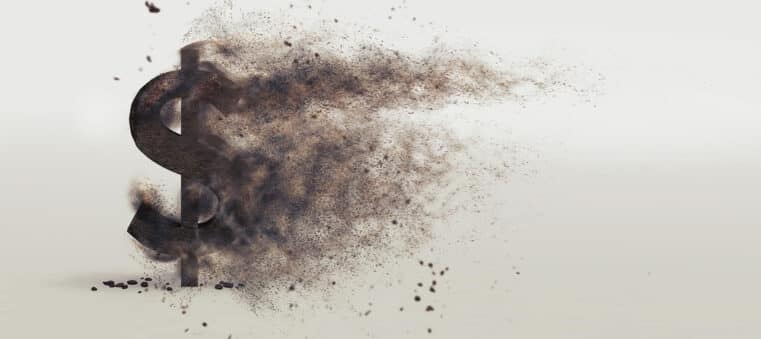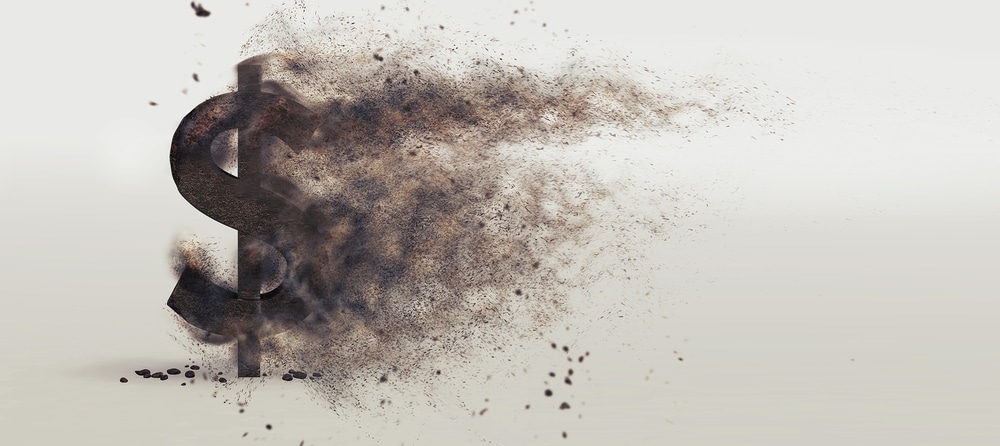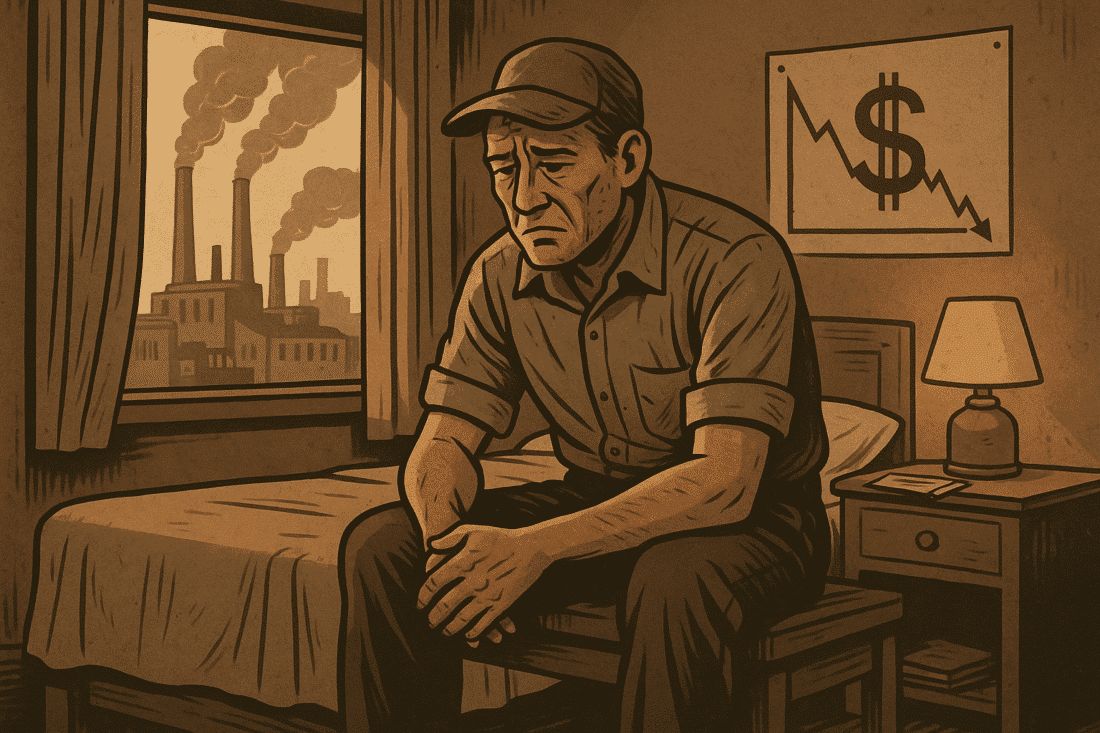
Does the End of Central Bank Stimulus Mark the Beginning of a Crash?
Last year we brought to your attention the likelihood of an “everything bubble.” Remember this image?
Let’s retrace the steps. The initial unwinding began in 2016 in the emerging markets. Large investors who were able to borrow cheaply (in Europe, Japan, and the US) to buy assets in the emerging markets began unloading their positions.
The US dollar began rising, and stocks looked like they were in the early phases of a decline. Emerging markets bore the brunt of the hit with their equities, currencies, and bonds plunging faster and deeper than markets in the “developed” world.
But then, something happened.
Not only did the downturn come to an end, but it also reversed. It seemed as if Adam Smith’s “invisible hand” came into play. But that’s not what happened. Instead, the central banks intervened once again; “rescuing” the markets; preventing the markets from taking a more natural course.
Central banks began printing money at record levels (see the red arrows below):
In the US, the Fed ended its QE program in 2014, having taken every effort to prop up the markets, or rather the portfolios of the ultra-wealthy (see below).
(Source)
We often speak of “recovery” from the 2008 financial crisis as if its negative effects have passed. The truth is, our day of reckoning has yet to arrive.
Had the central banks allowed many of the institutions responsible for the crisis to reap the negative consequences they had sown back in 2008, the market would have undergone a painful purge, but a necessary and healthy one. The worst might have been over in a few years; the markets restored to a normal balance.
Instead, the central banks decided to artificially restore the markets; protecting, and in some cases even “rewarding,” the very institutions that brought down the entire financial system.
As we mentioned at the top of the article, that same thing happened but on a greater scale leading up to 2016 with central banks across the globe:
(Source)
Here’s a question: if we were truly in a recovery, one that central banks have announced so matter-of-factly, as if such a circumstance was a natural part of the market cycle, then why the need for so much “artificial” stimulus?
Do central banks really believe that an over-inflated market constitutes a healthy recovery?
More importantly, what might happen when central banks can no longer support the markets via stimulus?
In other words…
Does the end of central bank stimulus mark the potential beginning of a crash?
Imagine the years of debt accumulation at excessive levels...suddenly deflating. What might happen when this “everything bubble” bursts?
What will happen to the value of your rapidly eroding currency? What about every asset denominated in that currency--your stocks, bonds, 401(k)?
FInal question: what do you think might happen to gold, considering that it’s the only form of money free from central bank manipulation?
Think about this last question, for the potential crisis about to unfold is all about paper assets; manipulable assets over which central banks exercise sole control (though it makes for a valid argument that perhaps they have lost control?).















